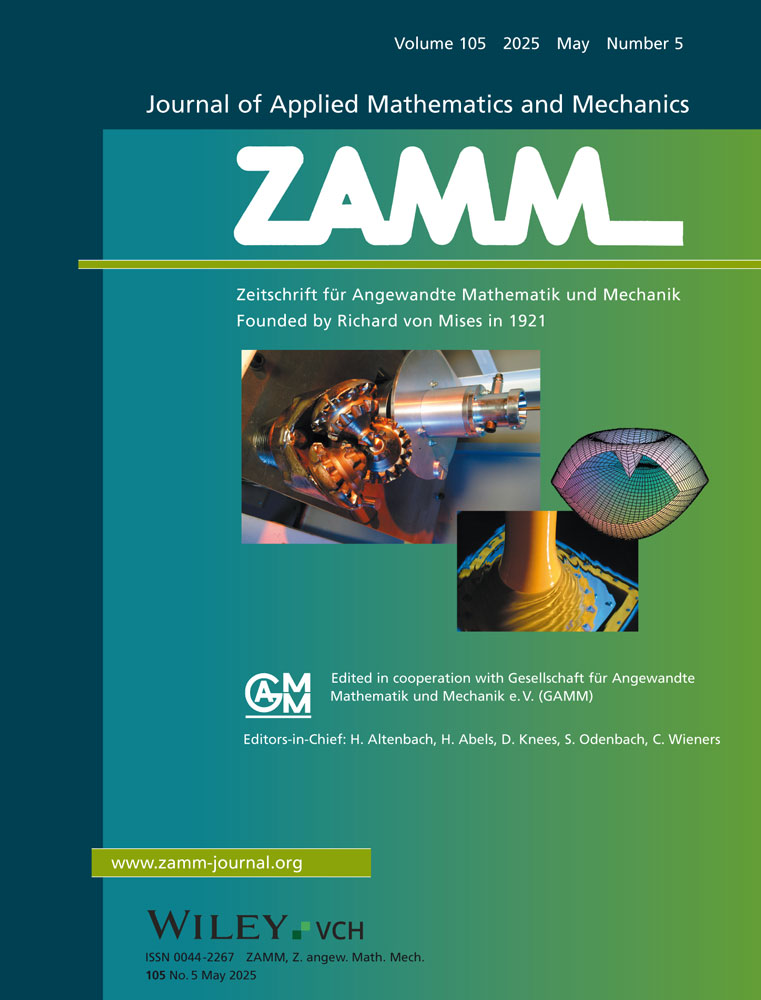Solitons at deformable free surface of nano-fluid layer heated underneath
Abstract
In this study, we investigate the propagation of solitary waves along the deformable free surface of a shallow, horizontal viscous nano-liquid layer. The flow domain is confined below by a stress-free, thermally conducting substrate and bounded above by a free surface subject to a prescribed normal heat flux. The dynamics are further influenced by temperature-induced surface tension gradients (Marangoni effects). By applying the reductive perturbation method to account for weak nonlinearity and dispersion, the governing equations reduce to a solvable nonlinear Korteweg–de Vries (KdV) equation that describes the evolution of surface waves. A critical Rayleigh number for the onset of periodic surface instabilities due to steady thermal convection is derived as , where denotes the Marangoni number and , , and encapsulate thermophysical properties of the base fluid and the suspended nano-particles. This expression recovers the classical result for a clear viscous fluid when the nano-particle volume fraction is set to zero, thus validating the formulation. The analysis reveals that the inclusion of nano-particles increases wave damping compared to the pure liquid case, even under sufficient thermal excitation. This enhanced damping is also evident in the case of depression waves (backward-propagating solitons), which emerge under certain negative values of the surface tension gradient. The principal novelty of this work lies in demonstrating how nano-particles suppress both fluid motion and thermal convection, thereby significantly restricting solitary wave propagation. The most remarkable aspect of this study lies in its fusion of classical convective instability theory with the emerging field of nano-fluidics.




